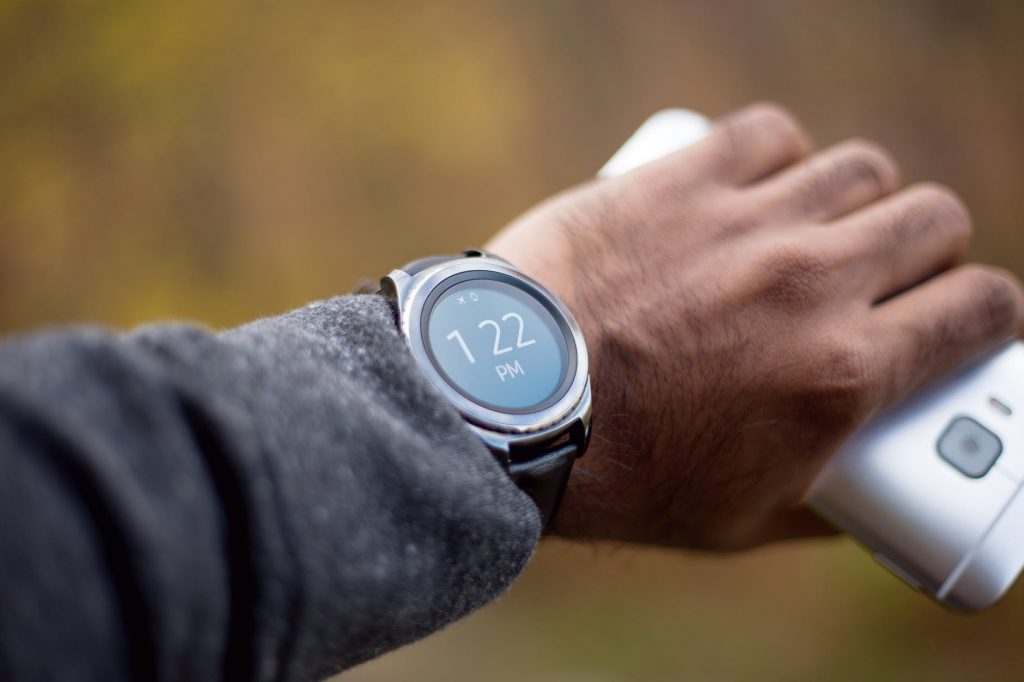New Technology Impacting Safety in Businesses
Workplace security is becoming a growing concern for engineering companies in Australia, particularly now that new technology is making it simpler to prevent accidents and ailments. But with a better comprehension of these accidents and more resources to prevent and respond to these, we can jointly reduce the number of workplace accidents and injuries.
What exactly would be the significant tech tendencies in improving workplace security?
These are a Few of the most important tech trends associated with workplace security to watch:
Signage. Old-school signage at work is a simple tactic to help fall prevention and increase safety awareness; you may have a decal for hazardous substances, descriptive text to get a high-risk place, or health and safety-related posters hanging around the walls. But modern technology is progressing, with electronic “smart” signage which may adapt to various problems. Digitally programmable signage may vary with changing requirements, and provide additional eye-catching alarms for workers. Digital signage is attractive and can also be interactive, helping staff to be more aware and pro-active.
Advanced training. New technology can be making exercise more comfortable and much more efficient. Online environments give workers the opportunity to interact with different people at work, and through simulations can provide them with a safe trial run of the office atmosphere. Better trained employees will adhere to security standards more frequently and will have significantly more expertise they could use to steer clear of injuries altogether. Training module and videos whether it is sales training courses or safety demonstrations can be easily set up and disseminated among employees, for example, employees can access a mindset coach online and improve their mental health.
Wearables. Wearable technology has turned into an enormous breakthrough for office security already, and over several distinct applications. By way of instance, work boots empowered with RFID technology might help managers keep track of employee movements through the day. Smartwatches and other wearable technology can give employees instant responses about changing environmental conditions, like increases in temperature or exposure to various substances. Wearables may also be utilised to live chat with folks from down the hall or across the world.
AI surveillance. Artificial intelligence (AI) improved surveillance systems are just another area of development. Smarter, more large cameras and much more intuitive search engines make it easier for managers to keep your eye on their employees –and examine footage in the aftermath of a collision to determine just what went wrong.

Better equipment. We also see the development of higher-quality substances for protective gear. Materials utilised for personal protective equipment (PPEs) such as visors are getting more lasting, and less permeable by chemical compounds and other dangers. Generally, the materials used to create uniforms and gear is becoming more durable and lighter weight, which makes it concurrently more protective and less cumbersome.
Better furniture and apparatus. Better apparatus give employees access to data, and the capacity to examine that data more rapidly; for instance, a handheld tablet computer in a factory may provide a worker live comments regarding present problems. Better-designed furniture, also, can help keep workers’ bodily form, and stop the progress of slowly emerging accidents, like those associated with repetitive motions or long-term lousy posture. Equipment such as a pressure relief cushion can be utilised when a condition is identified.
Augmented reality. From the mid to remote future, wearable goggles might be embedded with augmented reality (AR) technologies, which may combine the physical planet with digitally rendered data to provide workers a better perspective on what is happening in their environment. This may consist of live opinions, such as fever and navigational readings, in addition to onscreen directions guiding employees in best practices in hazardous surroundings.
Price and Change
Both most significant limiting factors in embracing these technologies is the price and the refrain from organisational progress and change. Even though it means preventing workplace accidents, or even office deaths firms might not be ready to invest tens of thousands of dollars at a brand new, potentially unproven technology. They might also be reluctant to update older systems which they have already gotten accustomed to. Luckily, these technologies will probably get cheaper as they become more sophisticated and much more accessible –but resistance to change will be a much more significant barrier to face.



